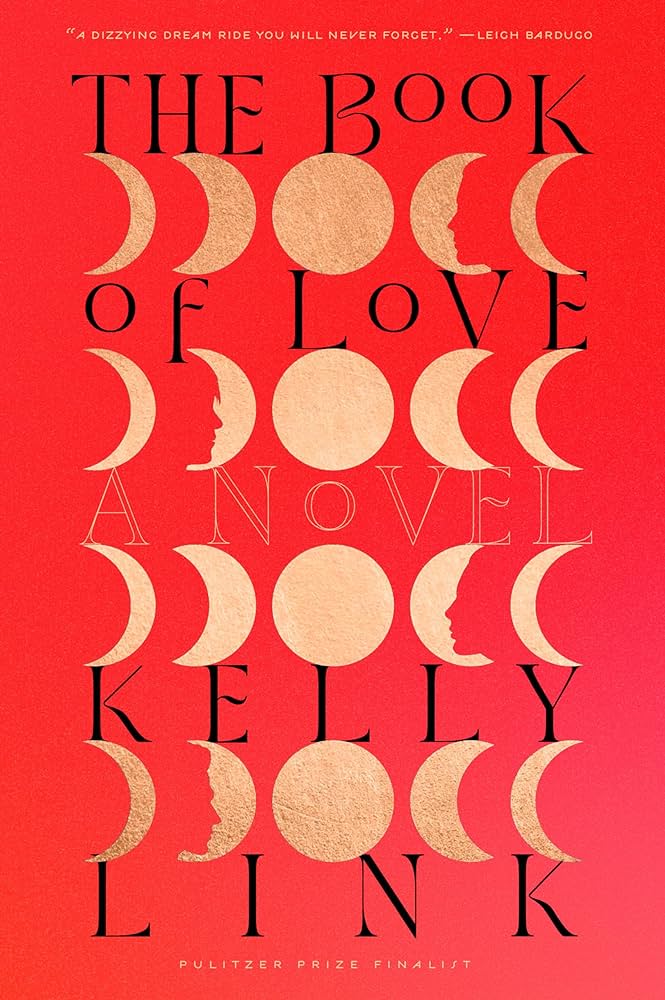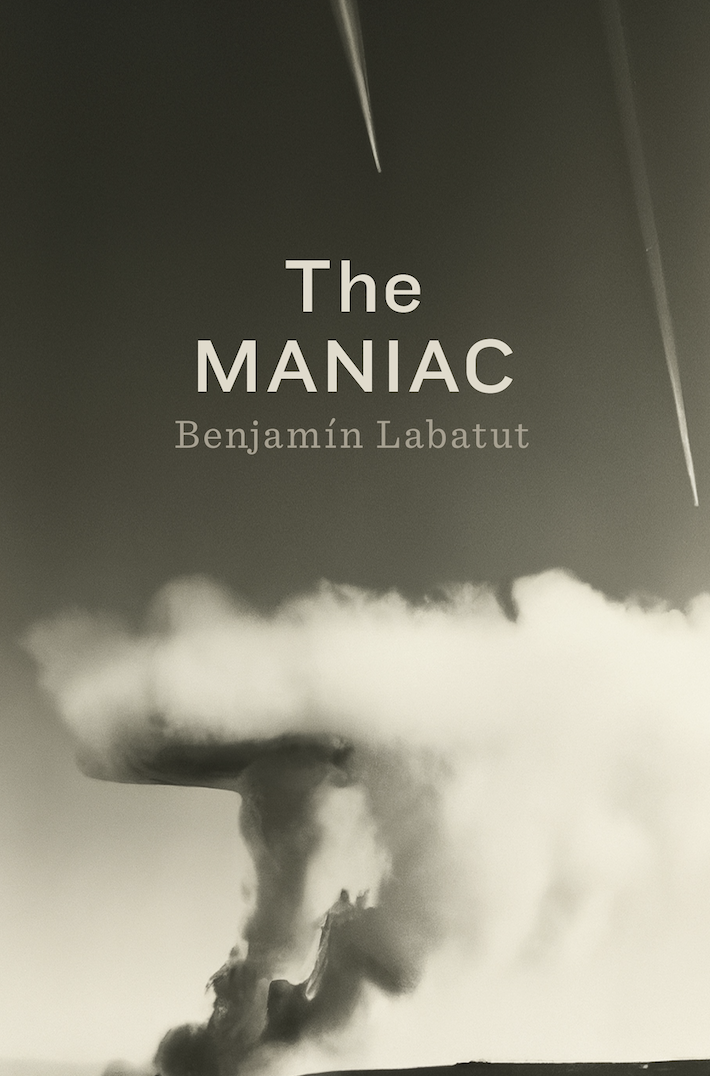Let’s just get this out of the way up front: Téa Obreht is the real deal.
 I am not the first to say this, nor, I suspect, will I be the last. Obreht, a Serbian-American who came to this country with her family as a young girl, was named last year by the New Yorker as one of the twenty best American writers under forty. She was twenty-four years old at the time, and her first novel, The Tiger’s Wife, hadn’t even come out yet. Since its publication last month, the book has been racking up rave reviews from grizzled veterans from across the literary universe, including Michiko Kakutani, the hangin’ judge of the New York Times book page, who called The Tiger’s Wife “a hugely ambitious, audaciously written work.” For once, the hype is deserved. The Tiger’s Wife is very much a first novel, awkwardly constructed in places and given to occasional longueurs, but still by far the most startling, bizarro-brilliant debut since Colson Whitehead’s The Intuitionist in 1999.
I am not the first to say this, nor, I suspect, will I be the last. Obreht, a Serbian-American who came to this country with her family as a young girl, was named last year by the New Yorker as one of the twenty best American writers under forty. She was twenty-four years old at the time, and her first novel, The Tiger’s Wife, hadn’t even come out yet. Since its publication last month, the book has been racking up rave reviews from grizzled veterans from across the literary universe, including Michiko Kakutani, the hangin’ judge of the New York Times book page, who called The Tiger’s Wife “a hugely ambitious, audaciously written work.” For once, the hype is deserved. The Tiger’s Wife is very much a first novel, awkwardly constructed in places and given to occasional longueurs, but still by far the most startling, bizarro-brilliant debut since Colson Whitehead’s The Intuitionist in 1999.
The Tiger’s Wife interweaves three central stories, each involving a young Serbian doctor Natalia Stefanovic and her grandfather, who was also a doctor. The first, and least successful, of these stories takes place after the Balkan War as Natalia and another young doctor cross into a neighboring region of her newly divided country to provide medicine for children orphaned by her side’s soldiers. Along the way, she learns that her beloved grandfather has died after embarking on a mysterious journey to a small town an hour’s drive where she is headed. The old man told the family that he was coming to see Natalia, and the rest of the novel is structured as a kind of detective story in which Natalia unravels for herself, and for the reader, why he may have done this.
Already, you can see part of the problem: This is one of those books in which all the important stuff has already happened. The war is over, the narrator’s grandfather is dead, and for large chunks of the novel Obreht marks time, filling pages with quirky small-town folk and an odd band of sickly, gypsy-like peasants digging seemingly random holes in a vineyard near where Natalia is dispensing her medicine. To make matters worse, Obreht often leaves out the details of the characters’ nationality and ethnic background. For instance, I have said that Natalia is Serbian, but that’s just an educated guess. She doesn’t reveal her nationality and refers to her home – which must be Belgrade – only as The City. Though she refers to a number of well-known atrocities, the cities and regions appear under invented names.
I can understand why Obreht, who was only seven when her family fled Belgrade in 1992, may have done this. She missed the war in her home country and may well feel squeamish about putting too fine a point on the crimes carried out by, and against, the Serbs. She may well also have decided – or may have been told by some editor who, if there is any justice in the world, is sitting in the bowels of the Random House building boxing his own ears – that by being coy with the facts, she could “universalize” the story, make it accessible to clueless American readers. But as a clueless American reader, I was just confused. At one point, when Natalia visits the small town where her grandfather died, a bartender who was the last man to see her grandfather alive warns her against poking around any further: “And I wouldn’t go door-to-door round here, Doctor…Not with that accent.” It’s a nice moment, but until the bartender spoke I’d forgotten that Natalia was a Serb walking unprotected around a province – Croatia? Macedonia? Bosnia? – that her countrymen had attacked a few years earlier.
So, as talented as Obreht is, for much of the novel I found myself admiring her book more than I enjoyed reading it. Then I came to the two stories that fill in her father’s history: “The Deathless Man” and “The Tiger’s Wife.” Every early review I’ve seen has resorted to calling these stories “fables” or “magical realism,” but that’s just because we don’t have a good term for what is so sui generis in Obreht’s work. These are fables, of a sort, but fables as they might appear in some cracked Disney film illustrated by Pieter Bruegel and Robert Crumb, with Salvador Dali coming in every now and then to touch up the scenery.
The Deathless Man is Gavran Gailé, who is cursed not only never to die, but also to know the precise moment of death for every person he meets. He carries a magic cup in his coat given to him by his uncle, who is Death, and as Gavran explains to Natalia’s grandfather, his uncle has charged him to make coffee for the gravely ill and read the grounds at the bottom of the cup after the drinker has finished:
In this cup, the lives of men come and go. Give the man coffee from this cup and you will see the journeys of his life…If he is sick, but not dying, the paths in the coffee will be still and constant. Then you must make him break the cup, and you must send the drinker on his way. But if he is coming to me, the paths will point away from the drinker, and then the cup must remain unbroken until he crosses my path.
Needless to say, Natalia’s grandfather, a man of science, a rationalist, is maddened by this imperturbable little fortune-teller and tries to prove that Gavran is a charlatan until, in a gorgeously rendered scene, they meet on a hotel balcony overlooking a besieged Muslim town that the doctor knows will be razed the following morning.
But it is the third story, the one of a woman who falls in love with a tiger, that vaults Obreht’s novel from the pleasingly quirky to the insanely great. Part allegory, part bildungsroman, this tale, told from the perspective of Natalia’s grandfather when he was a nine-year-old boy in the early months of the Second World War, follows a tiger freed from his cage when the zoo is destroyed by German bombs. The tiger, “yellow-eyed and bright as a blood moon,” is first sighted high on a ridge above the small mountain town where Natalia’s grandfather grew up, but soon the famished beast is making forays into the village where, as Natalia’s young grandfather soon learns, he is being harbored by the deaf-mute wife of the town’s coarse and violent butcher. This is a novel that moves crab-wise, by digression, and early on this can be annoying, but with “The Tiger’s Wife” sections, which arrive in small, savory slices wedged between the more bland chunks of framing plot, frustration turns to delicious anticipation. Even her most minor characters are given elaborate back stories, each one more baroque and wondrously implausible than the last, which, when taken together, create a vivid, indelible portrait of a village that could only exist in a story, but all the same is more real than any place you will ever visit.
This, finally, I think, is Obreht’s theme, that the stories we tell ourselves are more real than the world we see with our two eyes. This can have fatal consequences, as when the story we tell ourselves is that the Muslim family that has lived next to ours for generations, is in fact part of a barbarian horde that must be driven from the land. Obreht is all too aware of this dark side of storytelling, but she seems to be saying that we cannot live without stories, that we create them naturally, spontaneously, in order to understand those wild edges of our world we cannot make sense of with our eyes alone. In one early flashback scene, set during the bombing of Belgrade, Natalia’s grandfather takes her out onto the street to see yet another zoo animal, in this case an elephant, freed from his cage by war. “No one will ever believe this,” Natalia tells him as the elephant passes them by.
Her grandfather is incredulous:
“You must be joking,” he said. “Look around. Think for a moment. It’s the middle of the night, not a soul anywhere… Not a dog in the gutter. Empty. Except for this elephant – and you’re going to tell your idiot friends about it? Why? Do you think they’ll understand it? Do you think it will matter to them?”
The Tiger’s Wife is Natalia’s – and Obreht’s – answer: I can make them understand, they seem to be saying, I can make them care, but only if I tell the story well enough.








